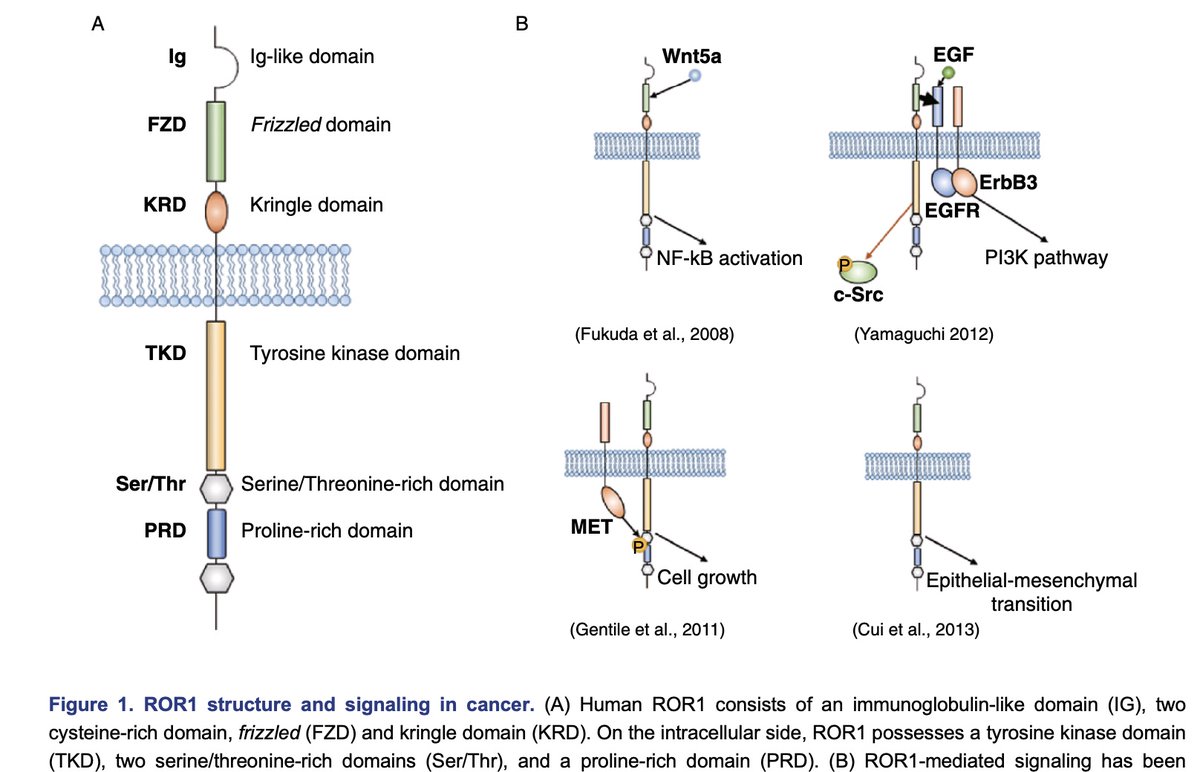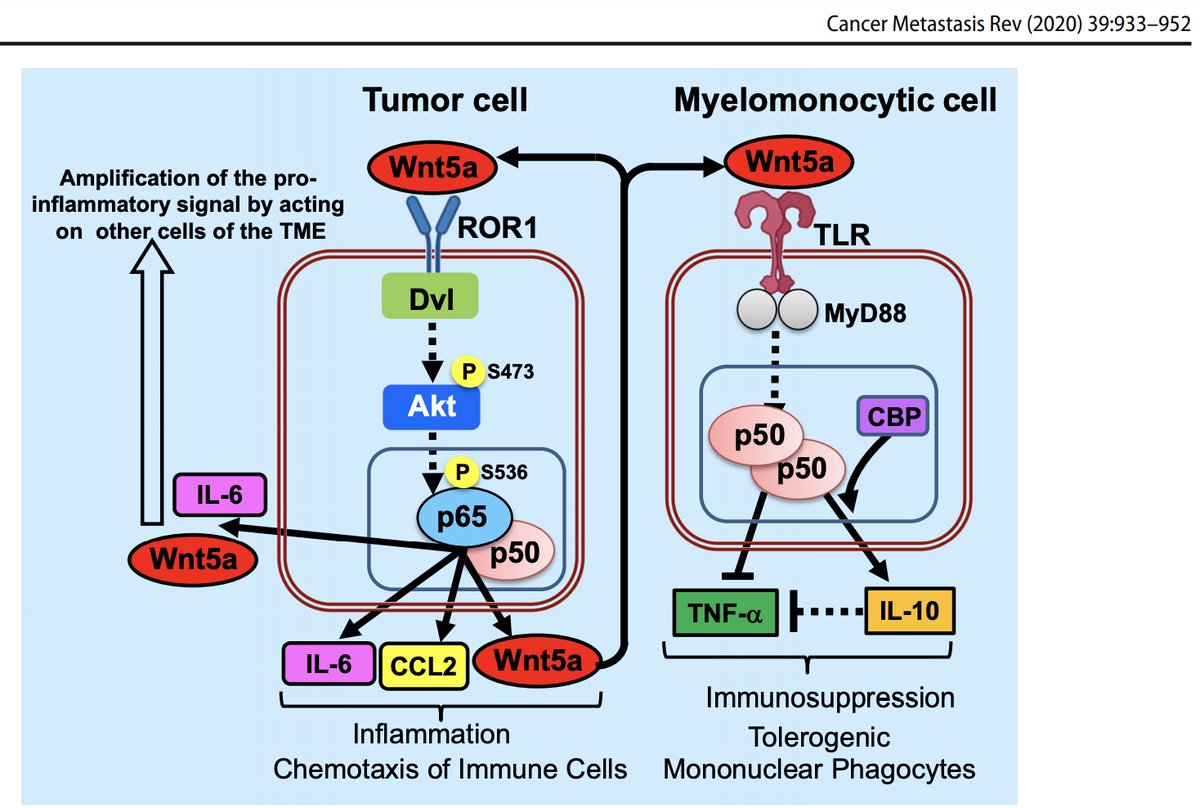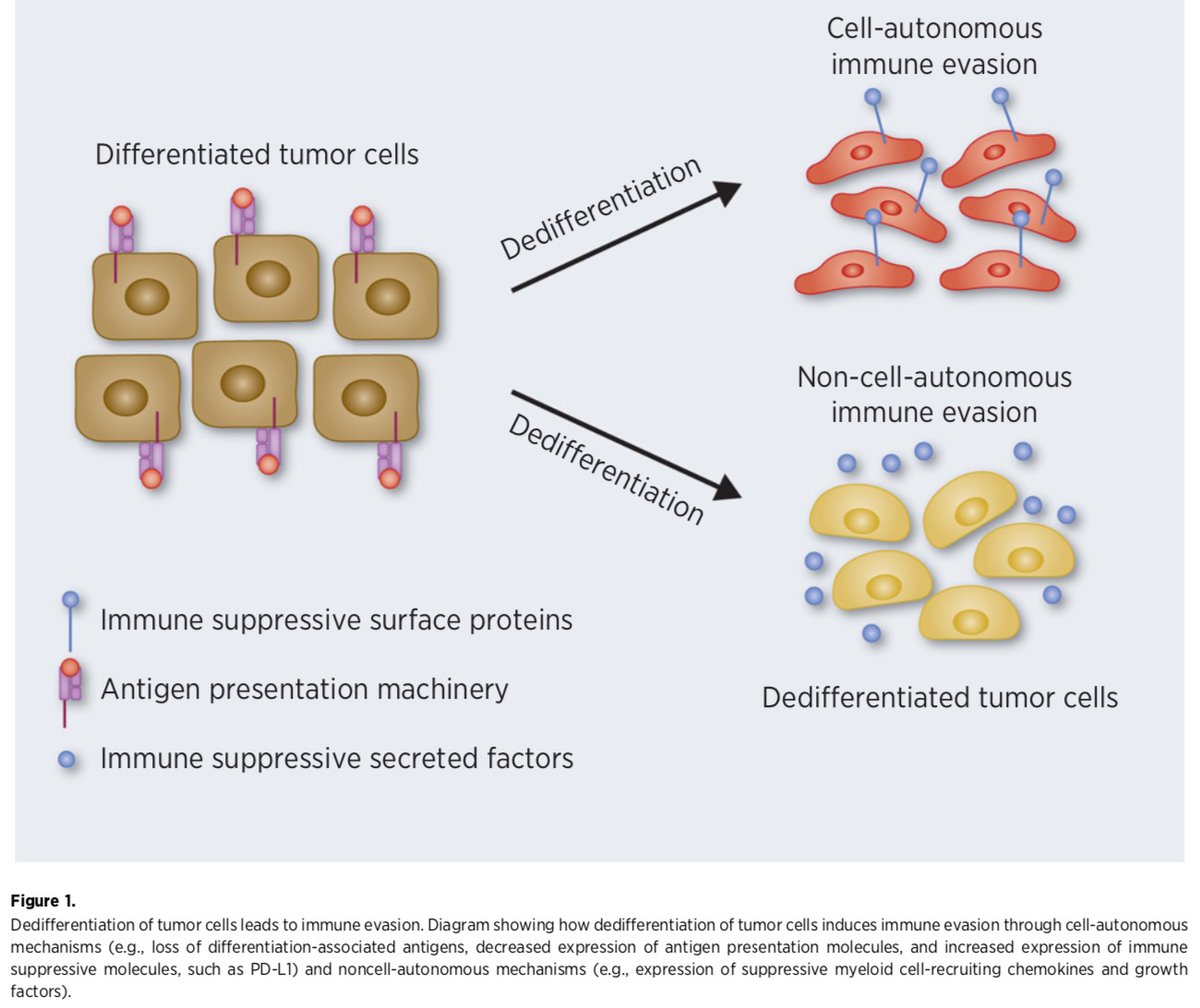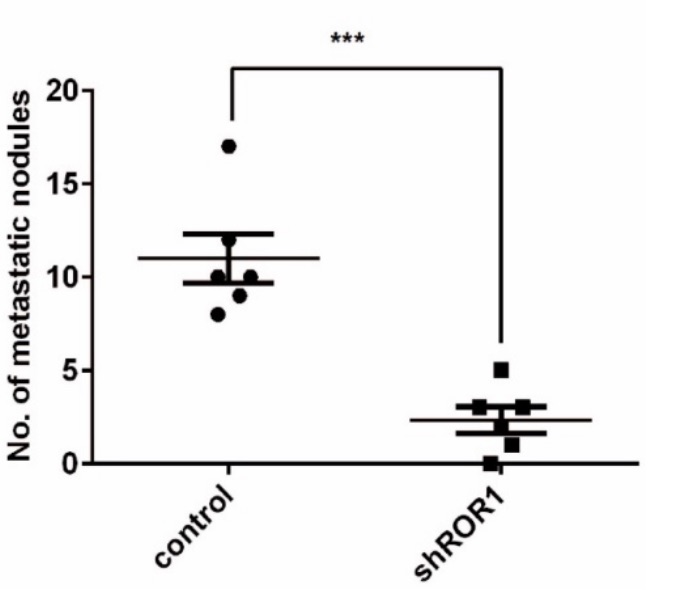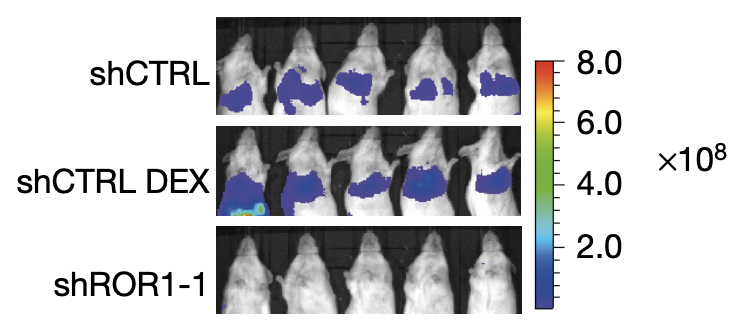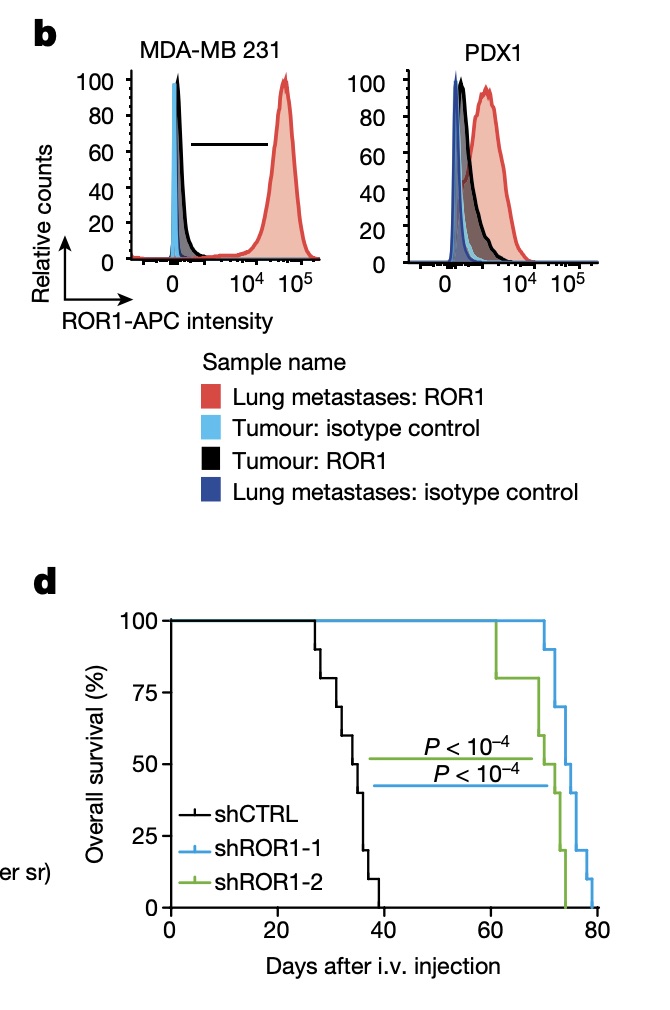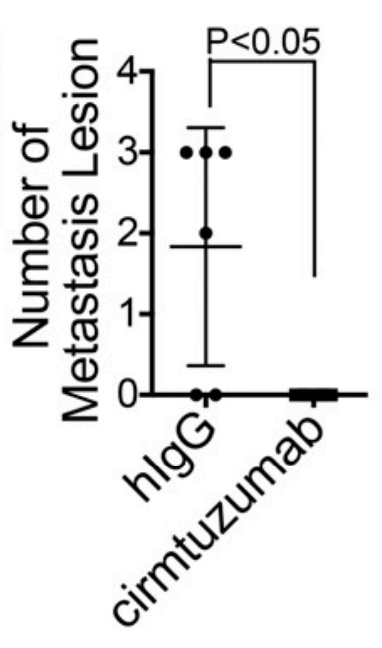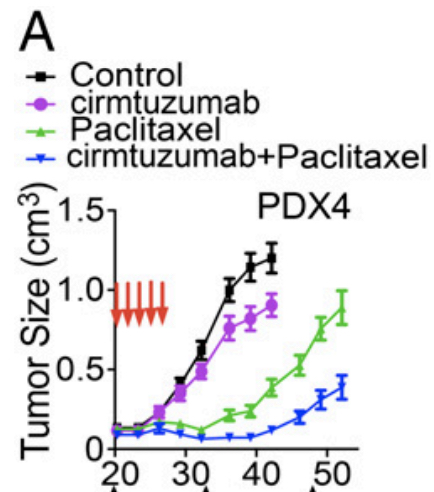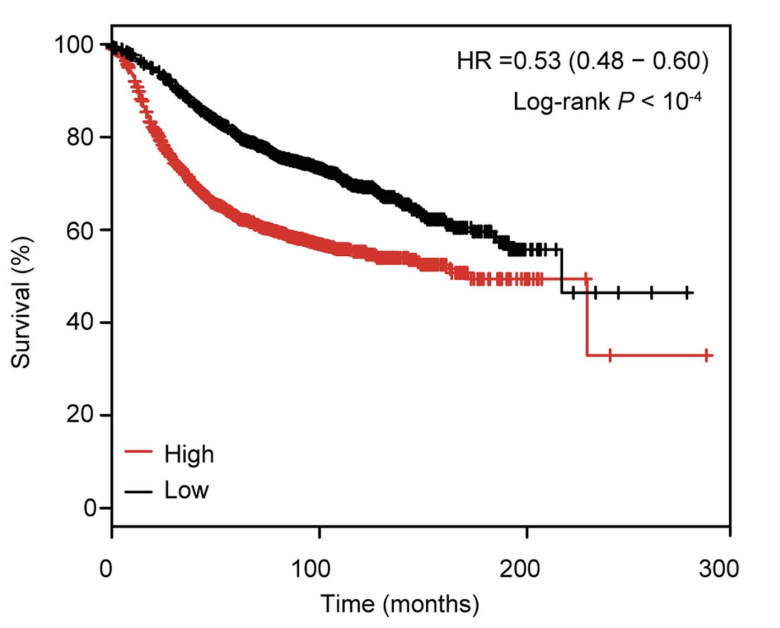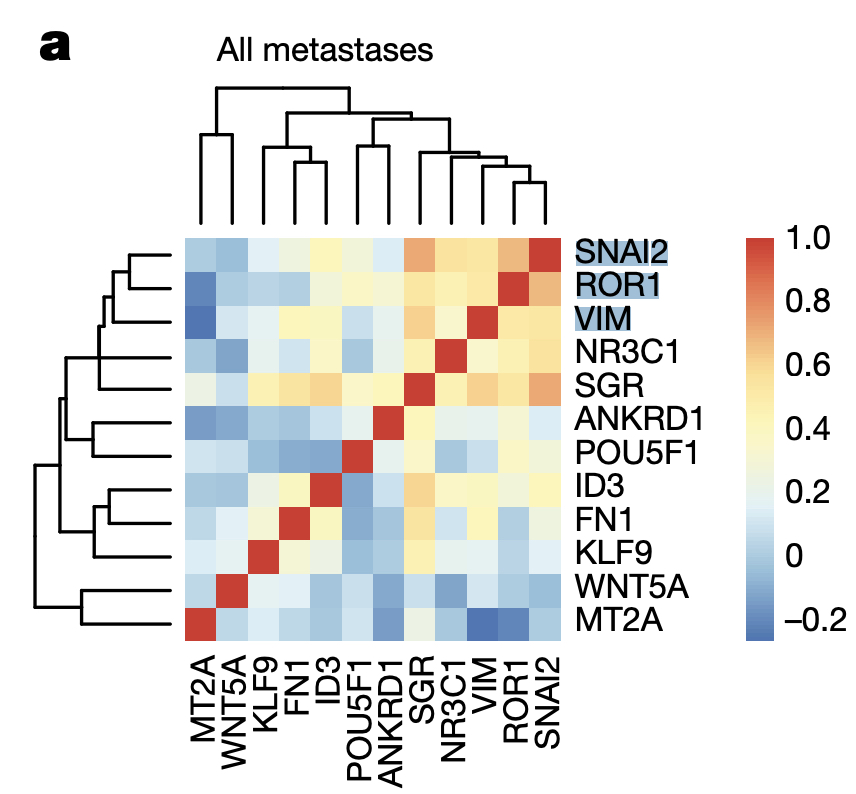The multi-billion dollar ROR1 opportunity that $ONCT is positioned for and $MRK may have missed (a thread)
ROR1 is an onco-embryonic protein rarely expressed in normal cells and highly expressed on the cell surface of MCL, CLL and other heme malignancies. ROR1 also highly expressed by a number of solid tumors and mediates stemness via non-canonical Wnt signaling
The 2 anti-ROR1 drugs furthest in development are $ONCT cirmtuzumab (anti-ROR1 mAb) and $MRK antibody drug conjugate VLS-101 (cirm as targeting moiety). at ASH’20 Cirm + ibrutinib showed similar efficacy in heavily pre-treated heme cancers as VLS-101 monotherapy, with > safety
$MRK likely acquired VelosBio + VLS-101, as opposed to $ONCT + Cirm bc the cytotoxic payload on the ADC makes for a more potent monotherapy in heme cancers, where the lack of a tumor microenvironment simplifies the therapeutic goal to killing cells with a cancer-specific marker
(Could argue this conclusion, won’t here, but important to understand to see why $ONCT better positioned in solid tumors)
$MRK overlooked that ROR1 opportunity could be much larger than heme, where it will face fierce competition, including from $BMY and $ONCT ROR1 CAR-Ts
The bigger opportunity is in solid tumors, where $ONCT is better positioned because here, unlike in heme malignancies, the story is more about blocking ROR1 function than killing ROR1+ cells
ROR1 mediates tumor stemness in multiple solid cancers and plays important roles in the progression, plasticity, metastasis and immuno-supressed state of many types of tumors. see below
Blocking ROR1 in solids will aid in 2 of the most important aspects of treating solid tumors: preventing metastasis and reversing an immunosuppressed TME. Lack of cytotoxic payload wont hinder Cirm in this, and better safety profile can be combined with 1st line chemo/IO drugs
VLS-101’s design disadvantages it in 2 ways: 1. killing ROR1+ cells is wrong strategy bc of nature of ROR1+ cells and the mechanism of its payload 2. worse safety profile limits drug combinations in difficult to treat solid tumors where multi-drug combos are a must
1. ROR1 marks cancer stem cells which by definition have quiescent (non-proliferative) subpopulations. VLS-101 attempts to kill these with a cell-cycle dependent payload (tubulin inhibitor)! do i have to spell the rest out…
2. VLS-101 uses a cell permeable lipophilic cytotoxin which are known to exert off-target bystander killing, enhancing systemic toxicity due to backflow of cytotoxin into circulation (Li et al 2016), hence worse safety profile
Solid tumor opportunity: ROR1 highly expressed in many solid tumors, but again story here is about function NOT expression. ROR1 plays an active role in solid tumor progression
ROR1 structure: receptor for Wnt5a, induction propagates EGFR signaling, inhibits apoptosis and induces expression of known EMT genes (SNAI1/2, ZEB…) leading to metastasis
Important for future Cirmtuzumab IO combos: Wnt5a mediated ROR1 signaling promotes immunosuppressive tumor microenvironment
Why would a cancer stemness/plasticity pathway cause an immunosuppressive microenvironment? (Li & Stanger 2020, Cancer Discovery)
Importantly: Recent studies suggest blocking ROR1 mediated plasticity pathways like EGFR may potentiate immunotherpy in previously immune-cold tumors (Li & Yuan 2020, Cancer Discovery and many others)
Preclinical studies suggest blocking ROR1 will be effective in many solid tumor types but $ONCT is attempting HER2- metastatic breast cancer combo with paclitaxel first. Pre-clinical studies are encouraging:

 Read on Twitter
Read on Twitter